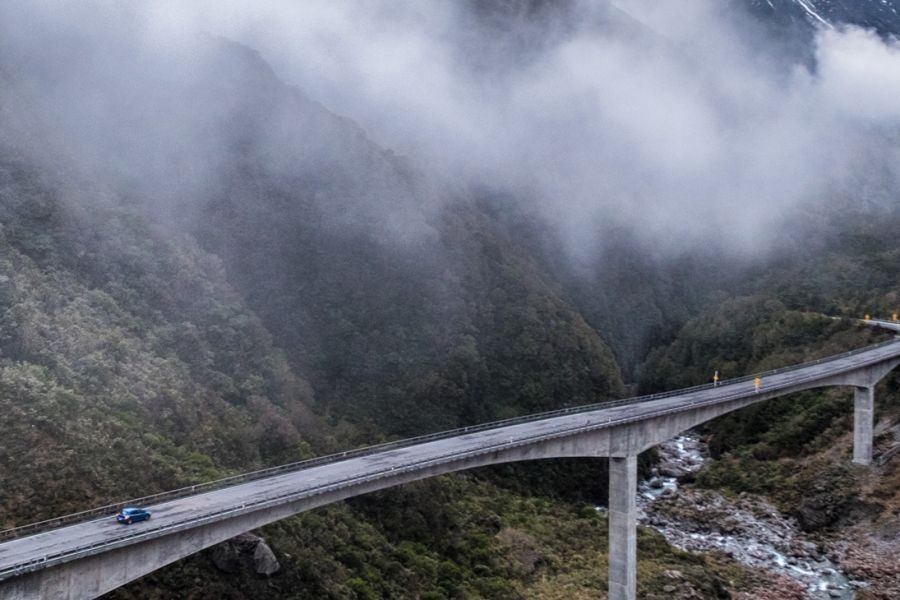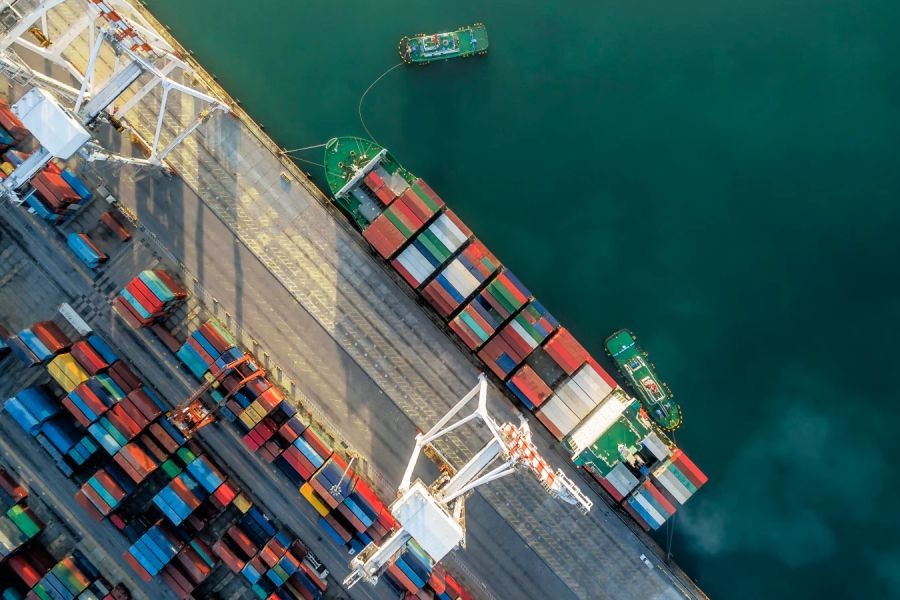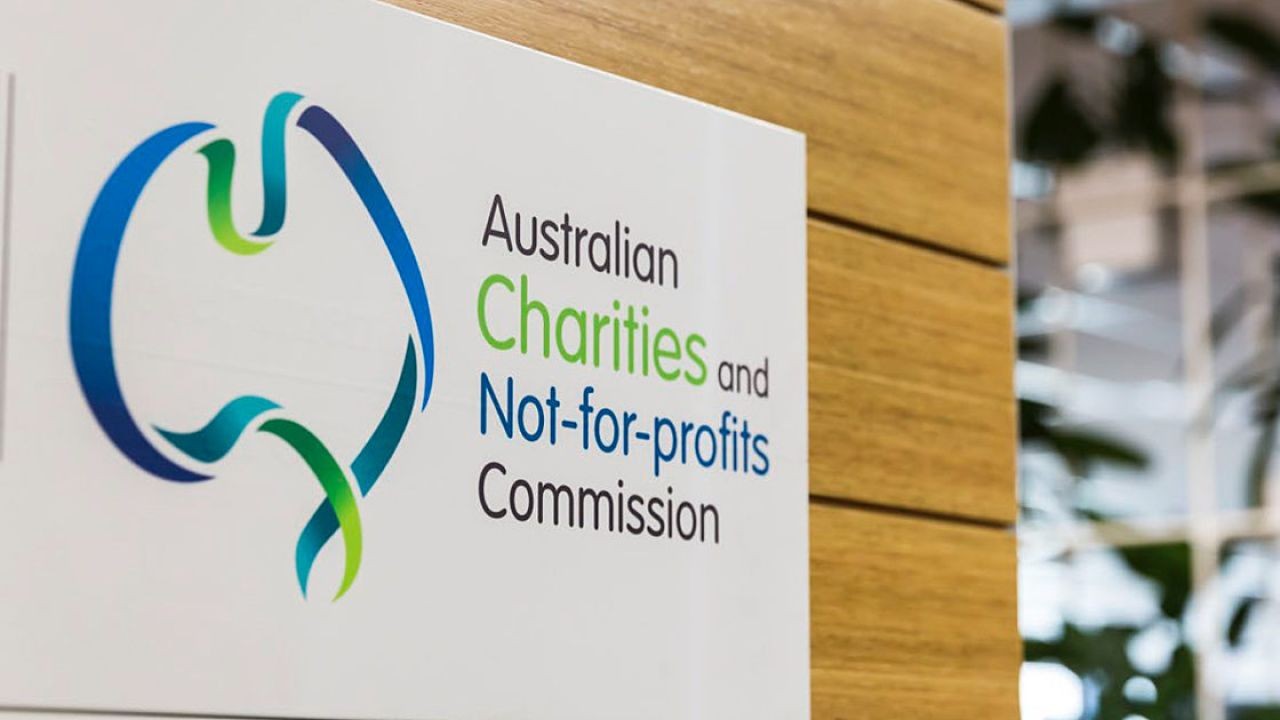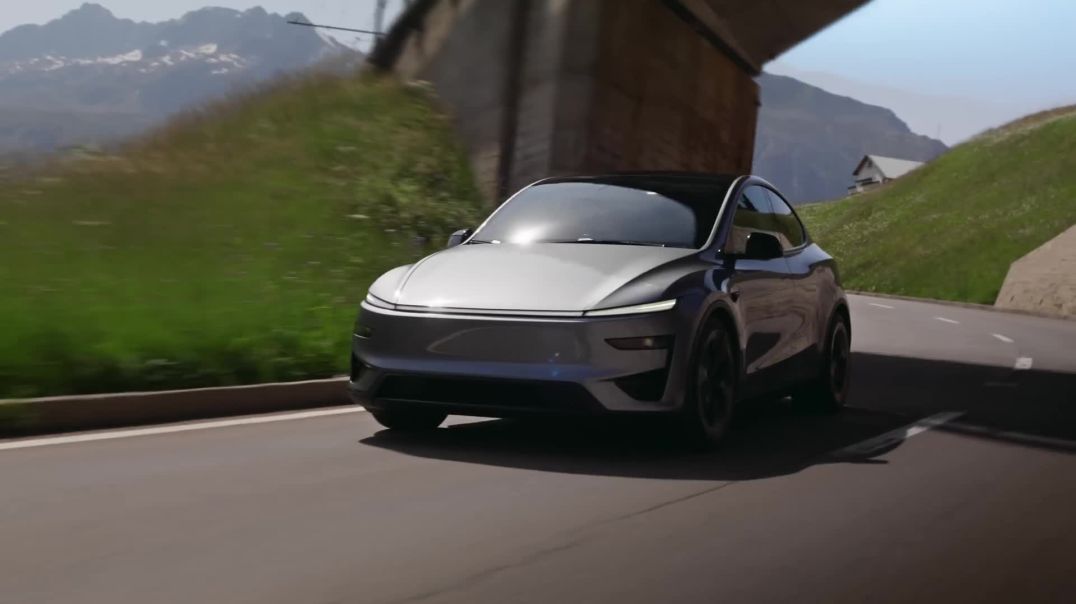New Zealand's road infrastructure projects have long been seen as vital to the nation's economic growth and connectivity. Yet, beneath the surface of these ambitious undertakings lie issues that could hinder their ultimate success and sustainability. In this article, we delve into the complexities of these projects, exploring the hidden challenges and offering insights for decision-makers to navigate these waters effectively.
New Zealand's Road Infrastructure: A Comparative Analysis
New Zealand has embarked on several large-scale road infrastructure projects, such as the Transmission Gully Motorway and the Puhoi to Warkworth project. These initiatives aim to improve connectivity and reduce congestion, aligning with the government's vision of a sustainable transport system. However, compared to countries like Norway and Sweden, which emphasize multimodal transport systems, New Zealand's focus remains predominantly on road expansion.
For instance, Norway's implementation of toll roads and investment in rail and public transport has not only alleviated congestion but also reduced carbon emissions significantly. New Zealand could benefit from adopting similar strategies to create a more balanced transport ecosystem.
Pros & Cons of Current Road Infrastructure Projects
✅ Pros:
- Economic Growth: Infrastructure development is known to stimulate economic activity by creating jobs and improving efficiency.
- Improved Connectivity: New roads reduce travel time and enhance access to remote areas, promoting regional development.
- Safety Enhancements: Modern road designs incorporate safety features that reduce accidents and fatalities.
❌ Cons:
- Environmental Impact: Extensive road construction can lead to habitat destruction and increased carbon emissions.
- High Costs: Infrastructure projects often exceed budgets, straining public finances.
- Neglect of Alternative Transport: Overemphasis on road networks can detract from investments in public transport and cycling infrastructure.
Case Study: Transmission Gully Motorway
The Transmission Gully Motorway, a major project aimed at improving connectivity between Wellington and the Kapiti Coast, has faced multiple challenges. Initially budgeted at NZD 850 million, the project costs have soared to over NZD 1.25 billion, with delays exacerbating the situation.
Despite these setbacks, the motorway promises to reduce travel time by up to 15 minutes and improve safety with state-of-the-art design features. However, critics argue that the funds could have been more effectively allocated to public transport systems that offer long-term sustainability.
Takeaway:
This case underscores the importance of comprehensive planning and stakeholder engagement in infrastructure projects. New Zealand can learn from this by integrating multi-modal transport solutions that balance environmental and economic considerations.
Common Myths & Mistakes in Road Infrastructure
Myth vs. Reality
- Myth: "Building more roads will solve traffic congestion."
- Reality: Studies show that road expansion often leads to induced demand, where more roads encourage more traffic.
- Myth: "Road projects always boost the local economy."
- Reality: While they can stimulate growth, poorly planned projects can lead to financial strain and minimal long-term benefits.
- Myth: "Environmental impact assessments are just formalities."
- Reality: Neglecting these assessments can lead to significant ecological damage and regulatory penalties.
Future Trends & Predictions
By 2030, New Zealand is likely to see a shift towards more sustainable transport solutions, driven by policy changes and technological advancements. The Ministry of Business, Innovation and Employment (MBIE) forecasts a significant increase in electric vehicle (EV) adoption, which will necessitate infrastructure adaptation to support EVs. Additionally, smart city concepts incorporating IoT and AI technologies could revolutionize traffic management and road safety.
Conclusion: Navigating the Road Ahead
New Zealand's road infrastructure projects are undeniably crucial to economic growth and connectivity. However, it is imperative to address the underlying challenges and embrace a balanced approach that includes sustainable transport solutions. As policymakers and industry leaders, the focus should be on integrating innovative technologies and environmentally conscious strategies to ensure long-term success and resilience.
What's your take on New Zealand's road infrastructure strategy? Share your insights below!
Related Search Queries
- New Zealand road infrastructure projects 2023
- Impact of road construction on NZ economy
- Sustainable transport solutions in New Zealand
- Transmission Gully Motorway case study
- Future of transport in New Zealand
People Also Ask
- How does road infrastructure impact businesses in New Zealand? Improved road infrastructure enhances connectivity, reduces logistical costs, and boosts regional economic growth, benefiting local businesses.
- What are the biggest misconceptions about road infrastructure? A common myth is that building more roads will eliminate traffic congestion, but research indicates it often results in induced demand.
- Who benefits the most from road infrastructure projects? Road infrastructure projects benefit commuters, logistics companies, and regional businesses by improving accessibility and reducing travel times.































windowsanddoorsrus6611
7 months ago